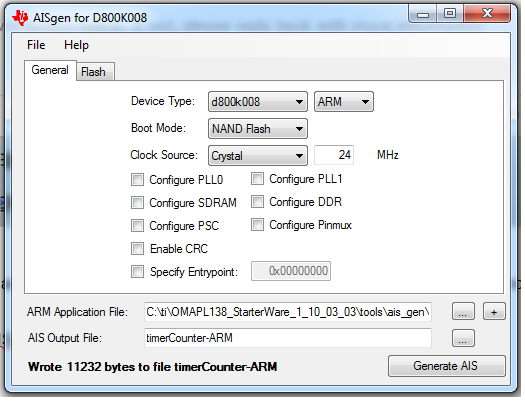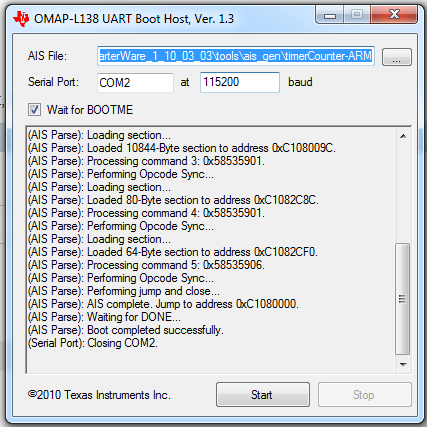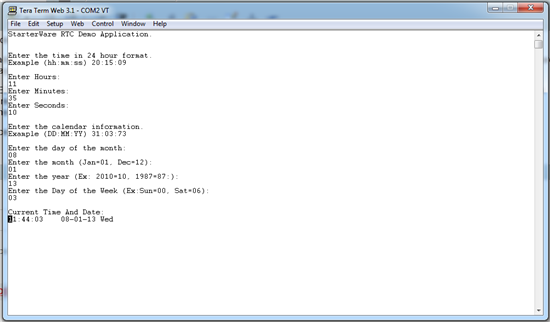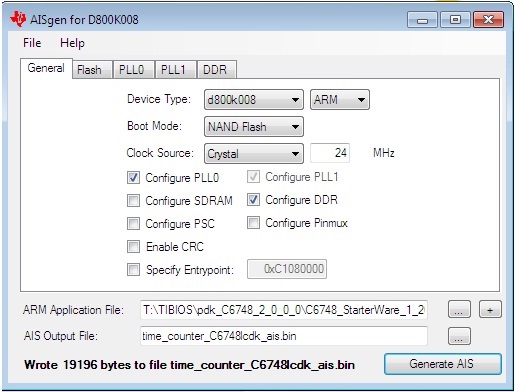I tried to download the pre-complied uart code in C6748 LCDK kit, my serial port works ok, but it stops at "Waiting for SFT on the OMAP-L138
-
Ask a related question
What is a related question?A related question is a question created from another question. When the related question is created, it will be automatically linked to the original question.





